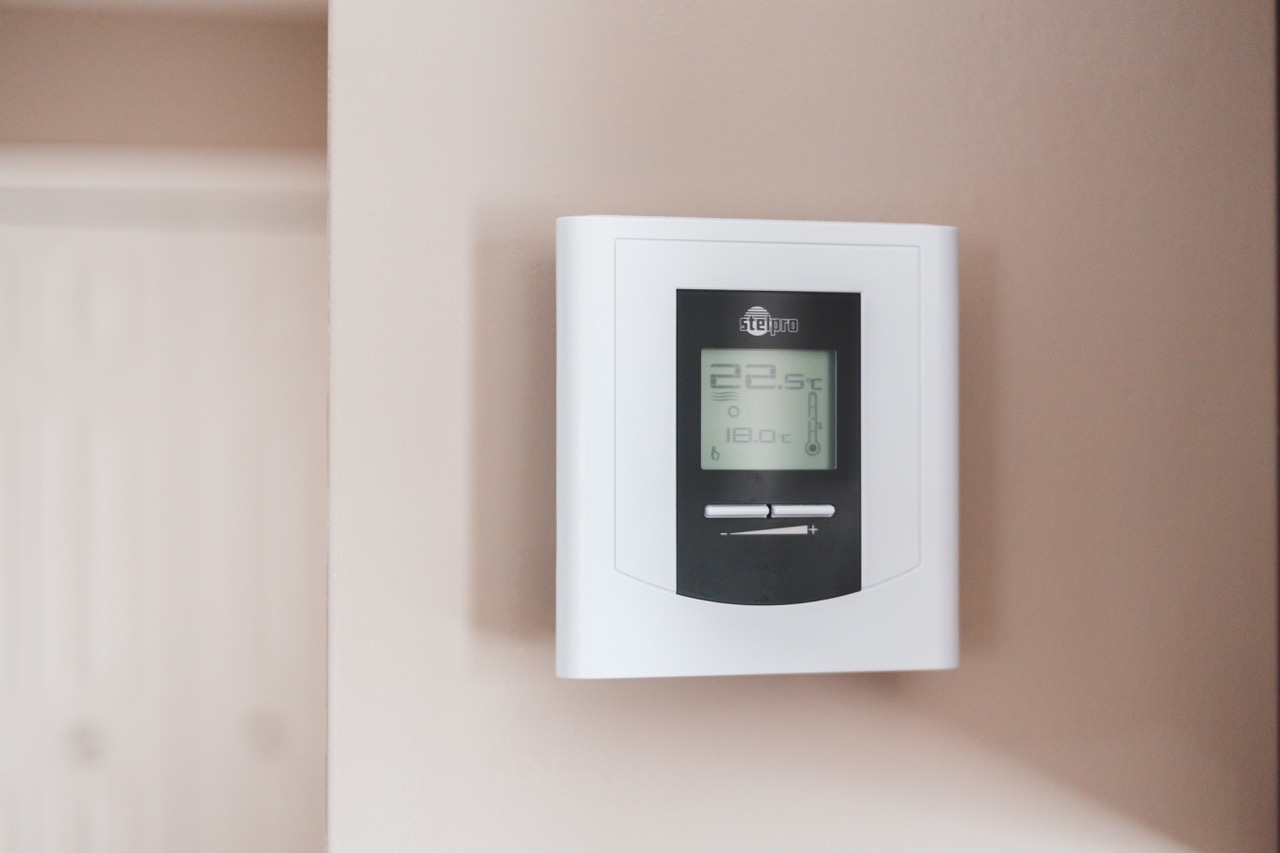Here are 10 tips to help you create an ergonomic and healthy workspace.
1. Computer screen position
The correct position of your computer screen is essential to avoid muscle pain. Many people place their screen too low, which creates tension in the neck and shoulders. The recommended position is at arm’s length, with the top of the screen aligned with your eyes. This way, you don’t have to bend your head down or look up.
2. Sitting posture
Your sitting posture is another important factor. Make sure your chair is ergonomic and provides good support for your back. The height of the chair should allow your feet to rest flat on the floor. If not, you may lean forward or to the side, which can cause back pain and circulation issues.
3. Arm position
The position of your arms also matters for preventing muscle pain. Your forearms should be parallel to the floor, with your wrists straight and supported.
4. Lighting
Lighting is crucial for creating a quality ergonomic workspace. Proper lighting reduces eye strain and headaches. Avoid placing your screen in direct light and prevent reflections. Light that is too bright or too dim should also be avoided.
5. Breaks and exercises
Taking regular breaks during the day is essential to reduce eye strain and muscle tension. Every hour, take a 5 to 10 minute break to stretch, go for a quick walk or simply rest your eyes. Stretching helps relax your muscles and improves circulation. Breaks are also the perfect time to enjoy a healthy snack that will give you the energy to continue your work. To learn more about the benefits of breaks during a workday, take a look at our previous article on the subject.
6. Desk organization
A tidy and organized desk can reduce stress and boost concentration. Keep your workstation clean and make sure everything you need is easy to find. Organize cables and remove unused accessories to avoid clutter and distractions.
The quality of your equipment, such as your desk, chair, computer, keyboard and mouse, also plays a role in your health.
7. Temperature and humidity
Temperature and humidity strongly influence a healthy workspace. Too much heat can cause fatigue and dehydration, while too much cold can lead to muscle pain and stiffness. The recommended humidity level is between 30% and 60% to avoid dry eyes and respiratory problems.
8. Noise
Noise can be a source of stress and distraction in the workplace. Whether background sounds, colleagues’ conversations or other disturbances, it is important to have a calm space. For comfort, you can also use noise-cancelling headphones. Ideally, your ergonomic workspace should remain as quiet as possible.
9. Night work
Working at night disrupts your circadian rhythm and can cause sleep disorders. If possible, choose regular daytime hours to maintain a healthy sleep routine.
10. Healthy and safety advisor
For more information on ergonomics or workplace health, you can consult your company’s Healthy & Safety Advisor. Their role is to help the employer apply measures related to wellbeing, risk analysis and accident prevention.
Conclusion
There are many ways to create an ergonomic and healthy workspace. Applied correctly, these tips can prevent muscle pain, sleep disorders, circulation issues, eye strain and stress. They will also help you improve concentration and productivity. Finally, don’t forget to take regular breaks and exercise to stay energized throughout the day.
Published on 29/06/2023












